Physical Description
Description and Contents
MS 196: Parchment, 560 x 380 mm (375 x 227 mm), five lines of text ruled in brown ink and five four-line musical staves ruled in red ink on each side of the leaf
MS 197: Parchment, 578 x 400 mm (398 x 228 mm), two lines of text ruled in brown ink and two four-line musical staves ruled in red ink on each side of the leaf
MS 198: Parchment, 588 x 400 mm (360 x 235 mm), two lines of text ruled in brown ink and two four-line musical staves ruled in red ink on the original recto of the leaf, twelve lines of text ruled in brown ink on the original verso.
The two penwork initials on the reverse (original recto), with reserved ornament and red and blue pen-flourished infill and frames, exemplify the fine ornamentation of Santa Maria della Scala’s Choir Books.
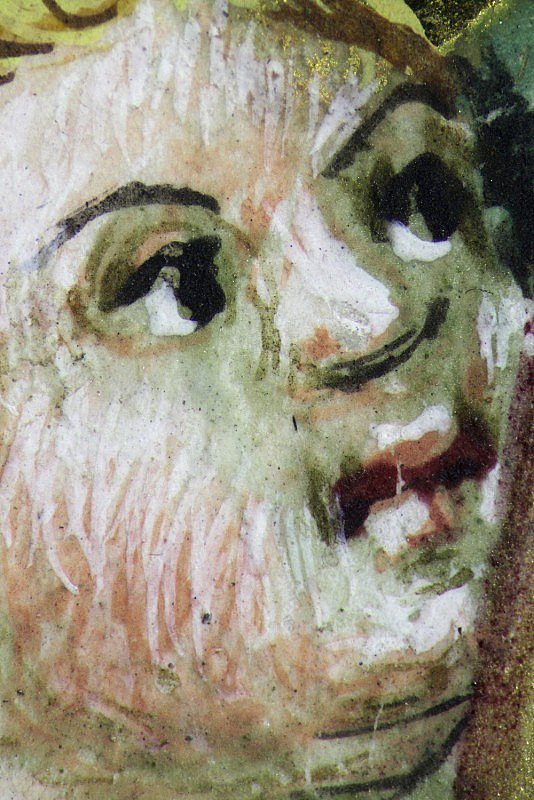
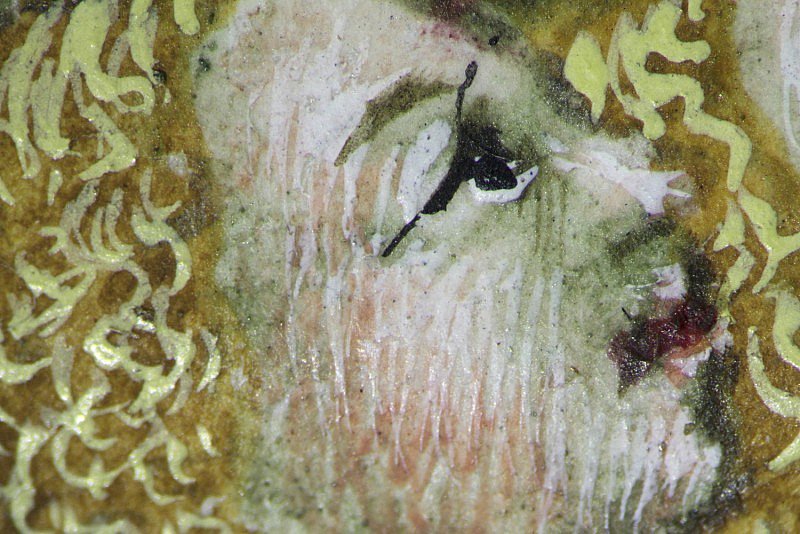
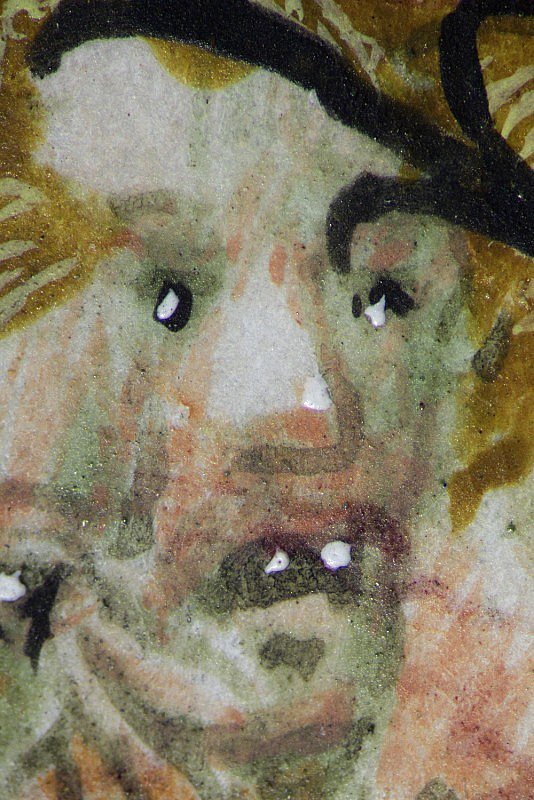
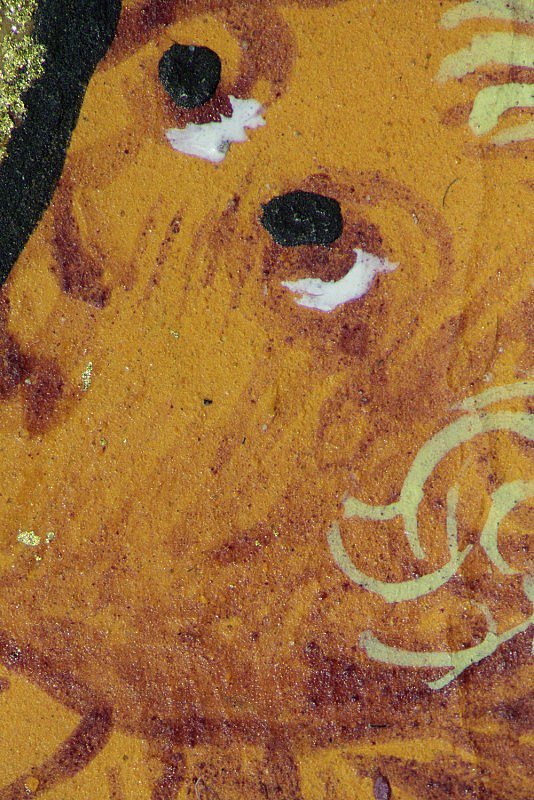
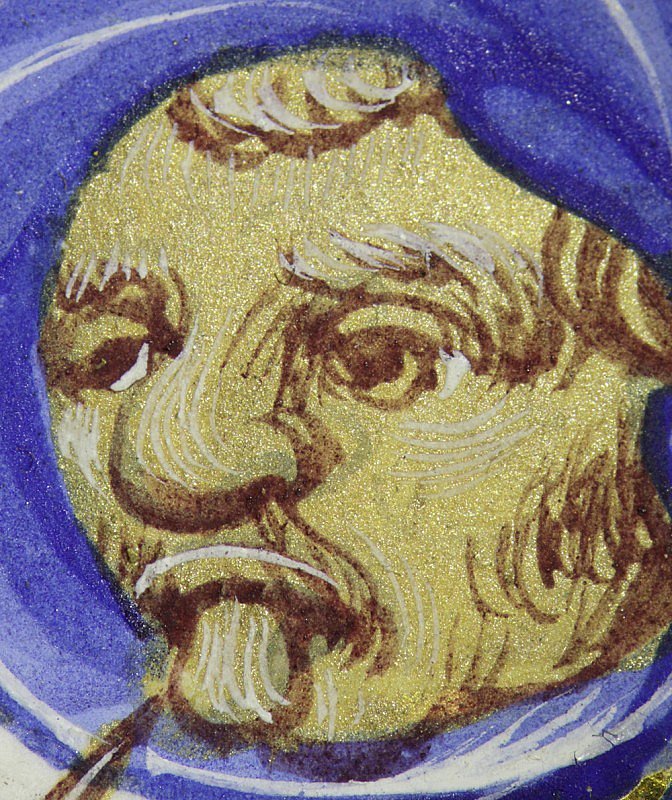
Last Judgement
This leaf came from an Antiphoner made for the Hospital of Santa Maria della Scala in Siena c. 1460-1477. The initial D belonged to the office of Matins for the second Sunday after Epiphany. The Last Judgement was created by Sano di Pietro, who worked as both panel painter and illuminator. It reveals the continuous reuse of motifs that the artist made across the two media throughout his long and successful career. The figure of Christ echoes that in the pinnacle of the Gesuati altarpiece, Sano di Pietro’s earliest securely dated work, commissioned for the Gesuati’s enlarged church of San Girolamo near the Porta Peruzzini, and completed and signed by the artist in 1444 (Siena, Pinacoteca Nazionale, inv. 246).
Related content: Lab
- Overview of Artists' Materials: 'Mosaic gold'
- Overview of Artists' Materials: Lead white
- Overview of Artists' Materials: Malachite
- Overview of Artists' Materials: Minium and Red lead
- Analytical Methods: Near-infrared imaging
- Analytical Methods: Optical microscopy
- Overview of Artists' Techniques: Painting the flesh
